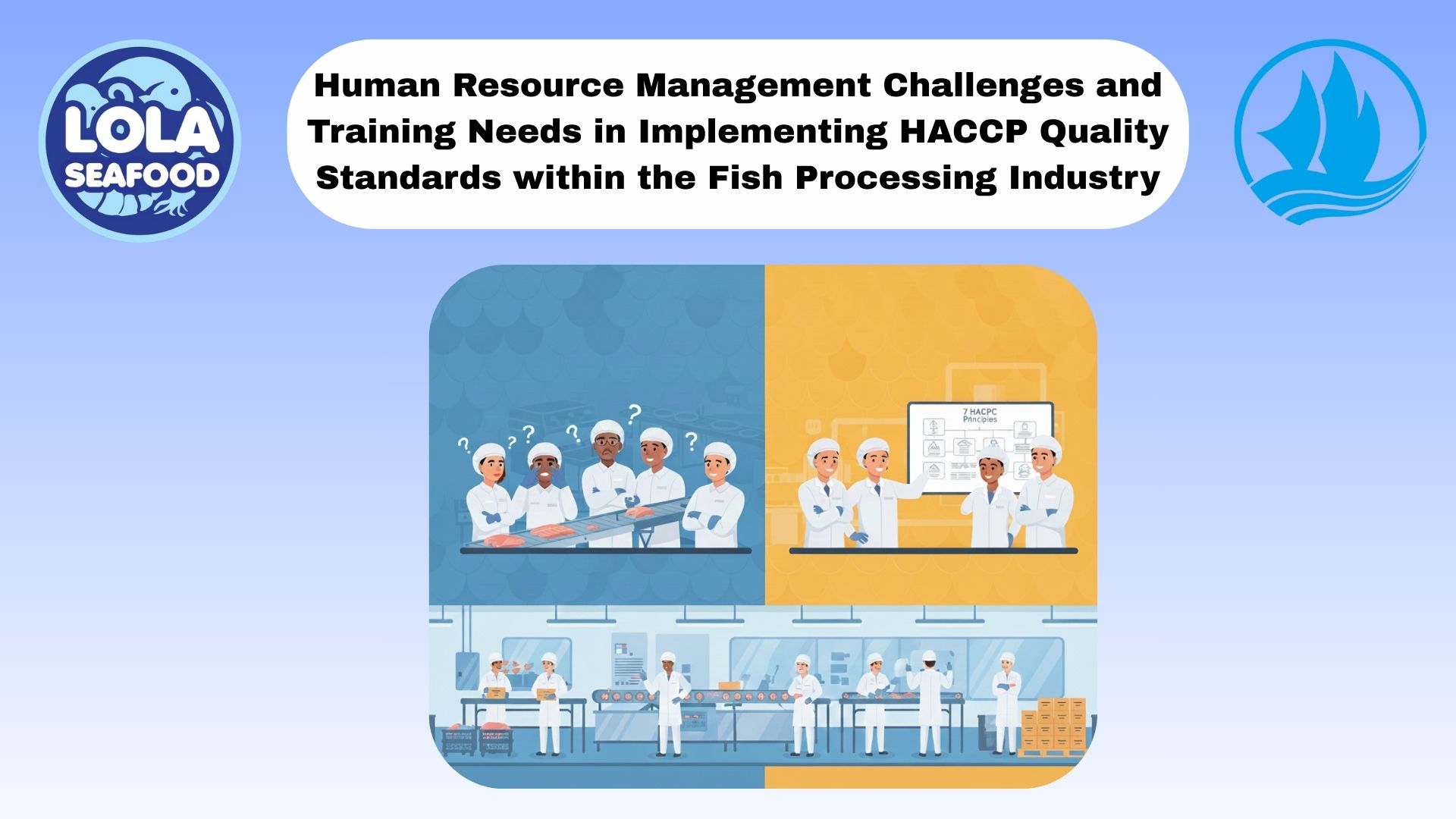Why Golden Size Matters: Balancing Quality, Yield, and Market Demand
By. Ely Kusniawati - 23 Sep 2025.jpg)
Kelolalaut.com In the fish processing industry, few terms are as crucial yet less understood outside the professional circle as “golden size.” This concept refers to the optimal size range of a particular fish species that yields the best combination of processing efficiency, product quality, and market acceptance. It is not simply about how big or small a fish is, but rather about achieving a strategic balance between multiple factors that determine profitability and sustainability in the seafood supply chain.
Golden size plays a critical role in ensuring that processors, distributors, and even fishermen align their practices with what the market actually needs. Let’s explore why golden size matters so much and how it acts as the cornerstone of quality, yield, and market demand.
Defining Golden Size in Fish Processing
Golden size is essentially a standardized size range—measured in weight or length—considered ideal for processing and marketing a specific type of fish. For example, in snapper processing, the golden size may fall between 800 grams and 1.2 kilograms. For tuna, it could be different, often larger due to its market value in sushi and sashimi industries.
These ranges are determined through years of experience, scientific research, and market analysis. A fish that falls within the golden size provides the highest yield during filleting, portioning, or packaging, while also meeting consumer expectations for portion size and quality consistency.
Balancing Quality
Quality is often the first thing processors consider when identifying golden size. A fish that is too small may not produce fillets with the right thickness, texture, or appearance. On the other hand, oversized fish can lead to irregular cuts, uneven cooking qualities, or even tougher flesh depending on the species.
For example, restaurants and retail markets often prefer fish fillets that can be portioned into consistent serving sizes. Golden size ensures that the end product looks appealing, cooks evenly, and meets consumer expectations for texture and flavor. By sticking to golden size, processors avoid complaints related to inconsistent product quality.
Maximizing Yield
Yield is another vital factor linked to golden size. In fish processing, yield refers to the ratio between the usable product (fillets, steaks, or portions) and the whole raw fish. If the fish is too small, much of it may be lost as waste during cutting. Conversely, very large fish may contain parts that are less marketable or harder to process efficiently.
Golden size optimizes this balance. It ensures that the maximum edible portion is extracted from each fish while minimizing waste. For example, a medium-sized snapper within its golden size range can yield more uniform fillets than smaller or larger ones, leading to less trimming and less discarded material.
The impact of yield directly affects profitability. Higher yields mean more sellable product per kilogram of raw material, which can significantly increase margins in a competitive industry.
Meeting Market Demand
Beyond quality and yield, golden size is critical because it aligns with consumer preferences and market requirements. Different markets may have different expectations. In Europe, for instance, consumers may prefer smaller whole fish that can be cooked easily at home, while in the U.S., fillets or steaks of a particular thickness may dominate the demand.
Export markets also set their own standards, and golden size often serves as the benchmark to meet these requirements. A fish within the golden size is more likely to pass export inspections and satisfy international buyers who expect uniformity in shipment.
This alignment with market demand ensures consistent sales, strengthens brand reputation, and reduces the risk of rejected shipments. In short, golden size acts as a bridge between what nature provides and what the market desires.
Sustainability Considerations
An often-overlooked aspect of golden size is its link to sustainability. Harvesting fish before they reach golden size could mean catching them before maturity, which may disrupt breeding cycles. On the other hand, targeting only oversized fish could reduce the presence of prime breeders in the ecosystem.
By focusing on golden size, processors and fishermen can promote responsible fishing practices that allow populations to regenerate while still meeting industry needs. This balance contributes to long-term sustainability of the seafood sector.
The Business Perspective
From a business standpoint, ignoring golden size can lead to inefficiencies and financial loss. Fish outside the golden size may still be processed, but often at a lower profit margin or even at a loss due to reduced yields or limited market demand.
Companies that clearly define, monitor, and enforce golden size standards throughout their supply chain are more likely to maintain consistent profitability. They also gain a competitive advantage by offering reliable products that meet buyer expectations every time.
Golden size is far more than a technical term in the fish processing industry—it is a strategic concept that balances product quality, processing yield, and market demand. By adhering to golden size standards, processors can maximize efficiency, satisfy customers, and contribute to sustainable fisheries.
In an increasingly competitive and environmentally conscious global seafood market, the importance of golden size cannot be overstated. It is the silent factor behind every fillet on a plate, every shipment that passes inspection, and every successful seafood brand.
If youre interested in our Cobia Whole Round / Whole Gilled Gutted , Cobia Fillet Skinless and Cobia Fillet Skin On please do not hesitate to contact us through email and/or Whatsapp

Optimizing Wild-Caught Fish Logistics: Maintaining Thermal Core Integrity During Long-Haul Transport
.jpg)
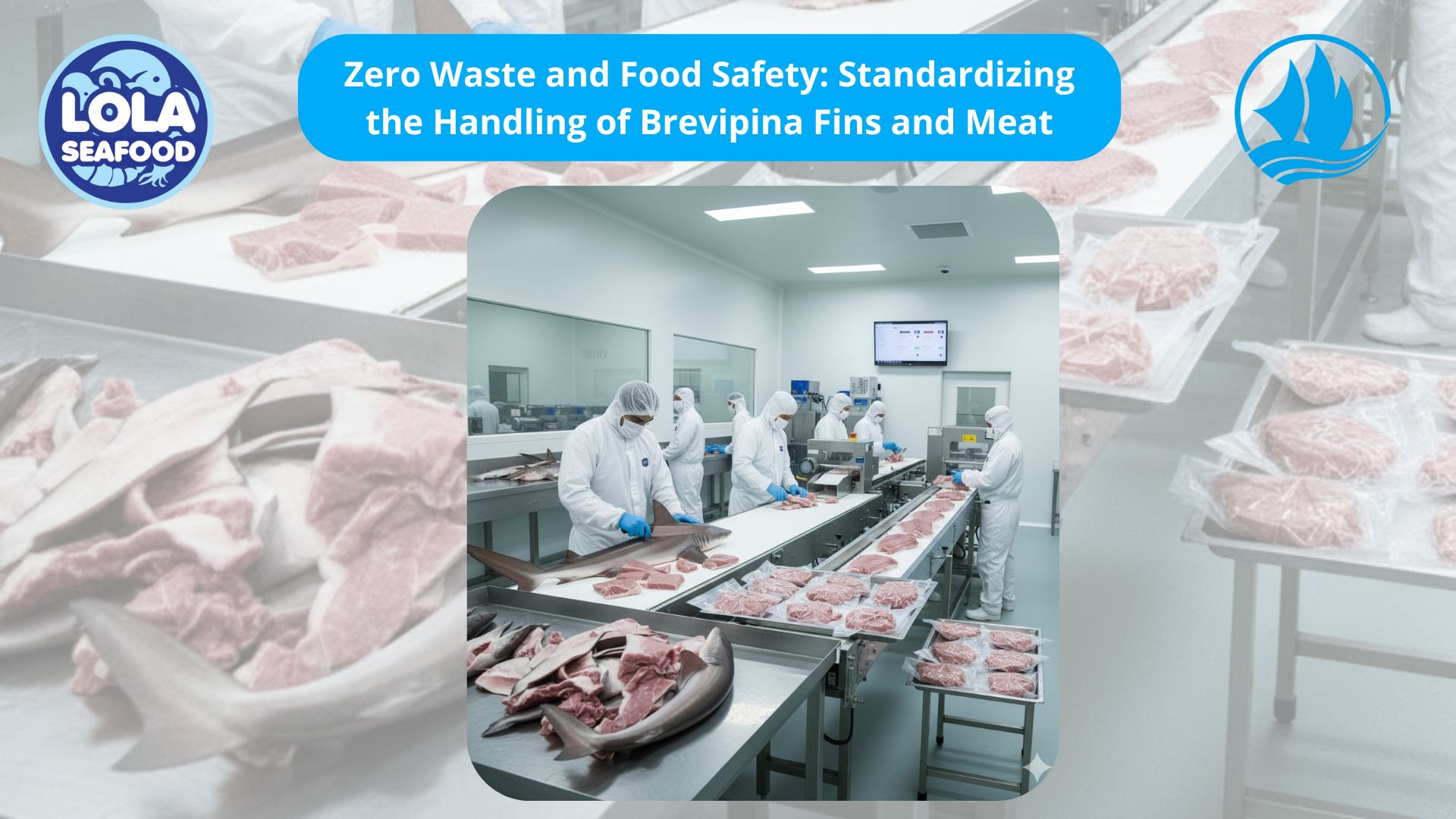
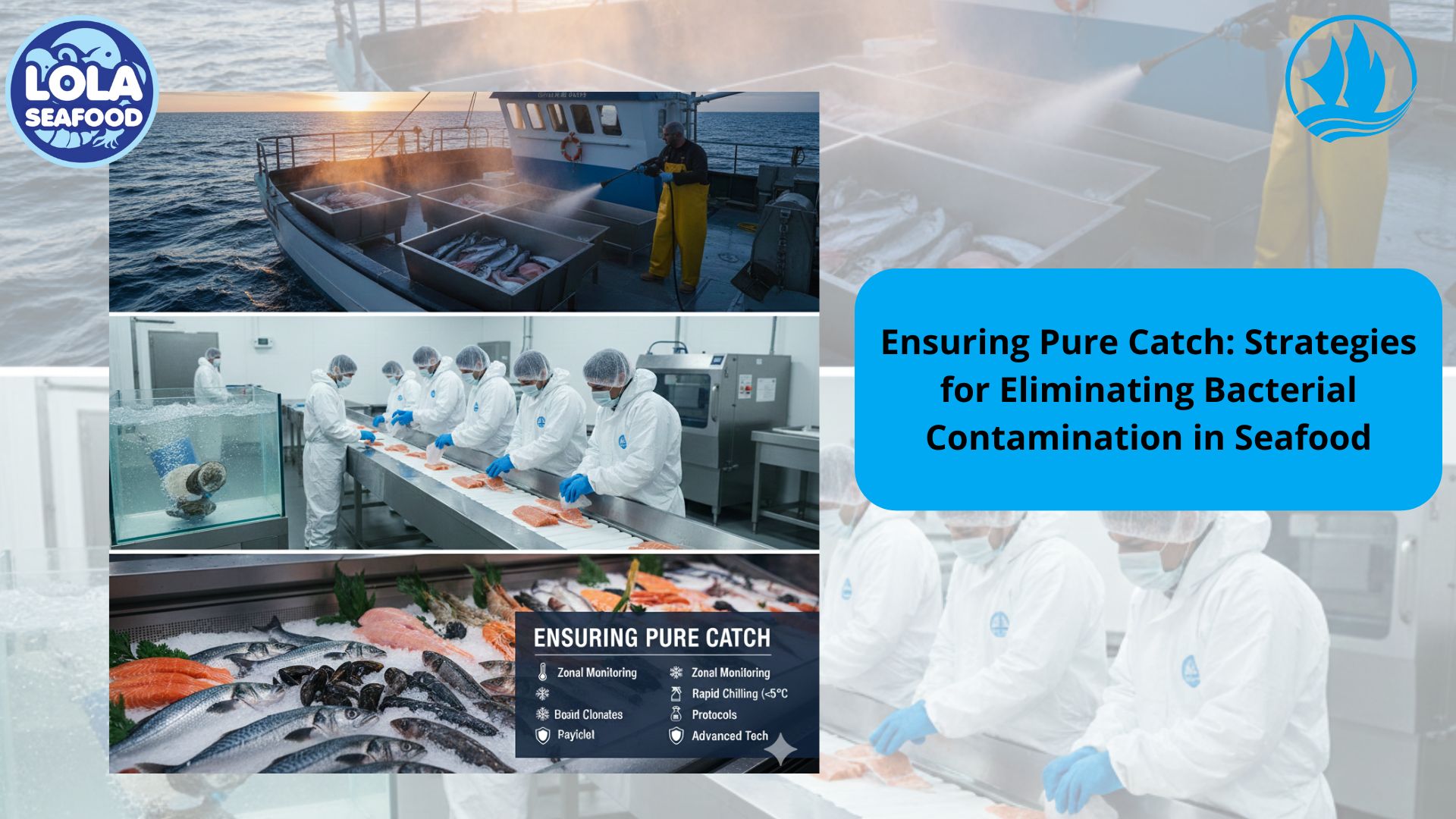
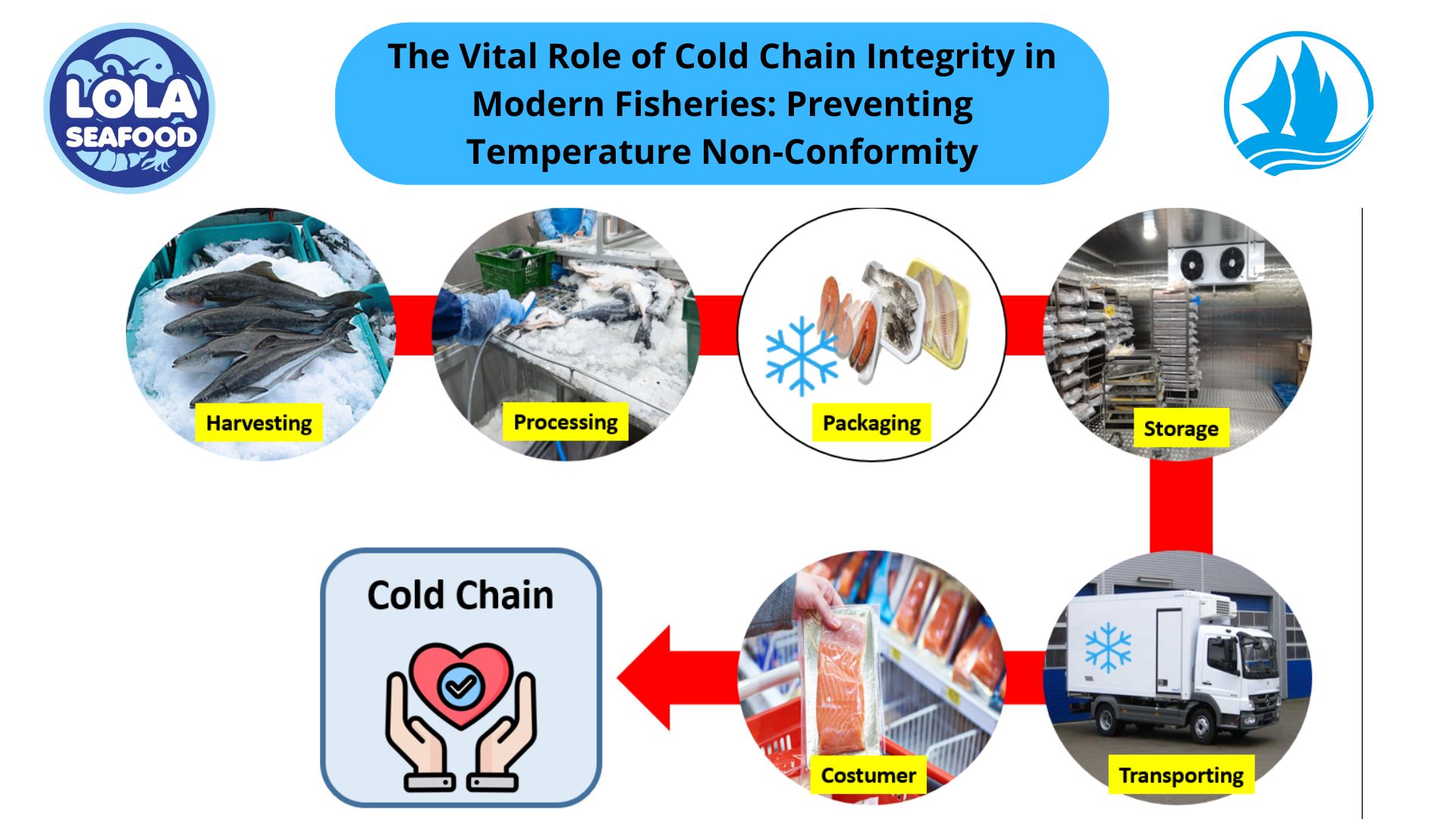
.jpg)
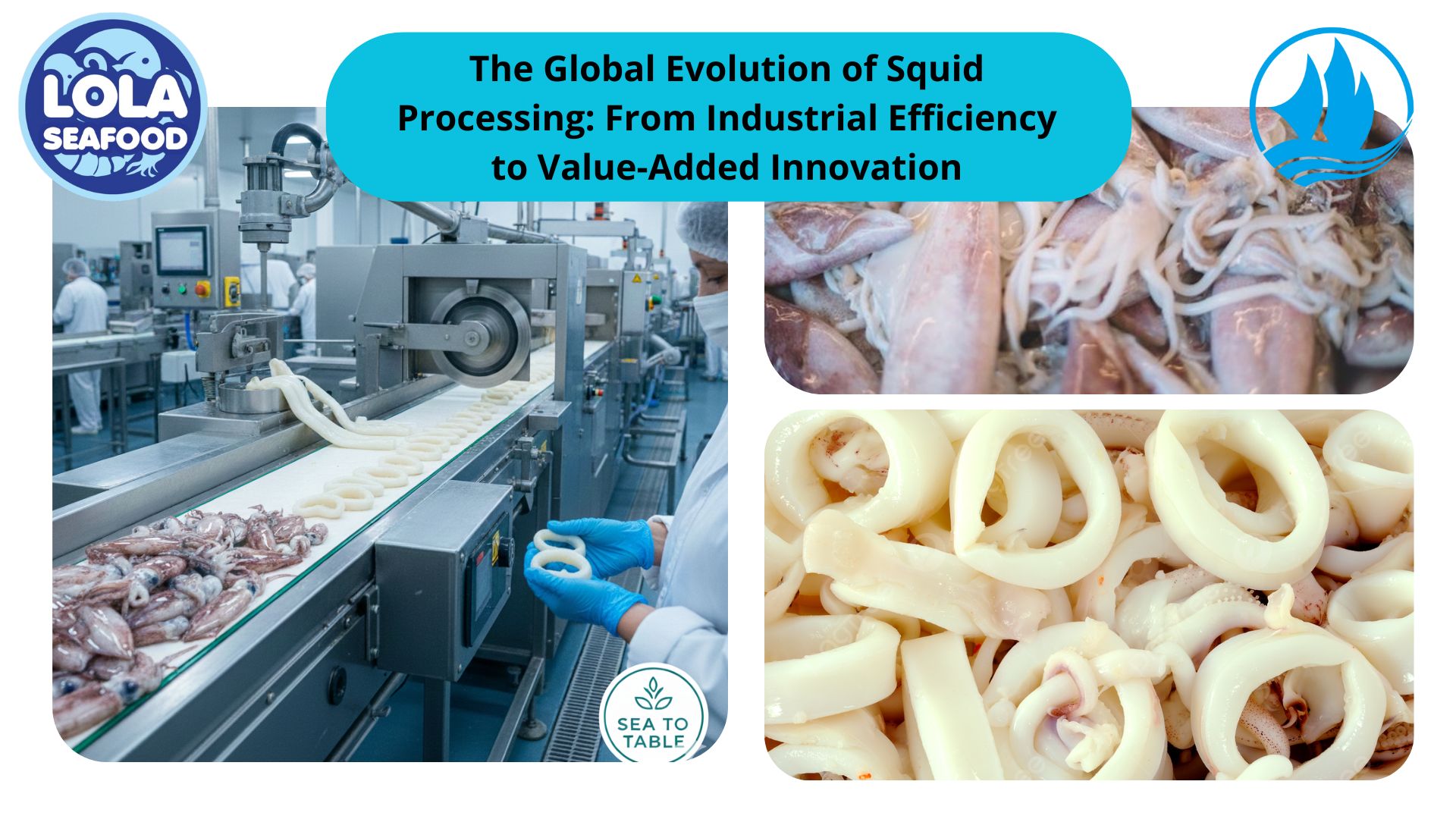
 and Employee Productivity on the Demersal Fish Processing Floor.jpg)
